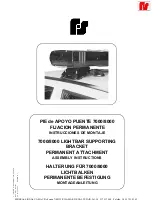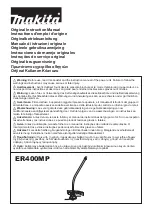
QuercusVL Programming Manual
from Image class).
The images inside the collection, follow chronological order.
3.27. Image Class
Logical representation of an incidence image.
3.27.1. Properties
●
GetBuffer
C++:
int GetBuffer(unsigned char* pBuffer, int maxSize)
C:
int VL_Image_GetBuffer(int h, unsigned char* pBuffer, int maxSize)
Copies the JPEG image to the buffer pBuffer, and returns its maximum size in bytes.
The maximum image size is 5242880 bytes.
The parameter maxSize shows the size of buffer pBuffer. This is a security parameter; if
buffer size is not big enough, it will not be filled up and will return -1.
In C, the parameter “h” is a handler of the image (Image) .
●
Timestamp
C++:
Timestamp get_Timestamp()
C:
Does not exist
In C++, returns the time stamp when the
unit captured the picture.
In C, there is no representation of “Timestamp” class, but methods to directly access to
its properties:
●
int VL_Image_get_Timestamp_Seconds(int h): date and time when the picture
was taken, showing the number of seconds elapsed since 00:00 hours on the
first of January of 1970. It is the same format that is returned at the call to
function time_t time ( time_t *timer ) from ANSI C standard.
●
int VL_Incidence_get_Timestamp_USeconds(int h): microsecond when the
picture was taken.
3.27.2. Methods
●
IsValid
C++:
bool IsValid()
C:
Does not exist
Quercus Technologies
68
















































